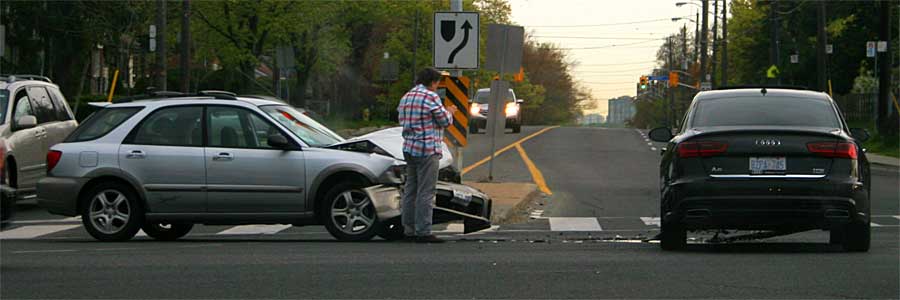Creating realistic prosthetic appliances using anatomy, physiology, physics, and statistics as a guide — 2017 SIM Expo, Toronto International Centre

This is the resources page for the simulation-in-action presentation at the SIM Expo 2017, entitled "Designing prosthetic appliances for healthcare simulation: Creating realistic prosthetic appliances using anatomy, physiology, physics, and statistics as a guide."
A prosthetic appliance is a three-dimensional model which can be applied to a mannequin or a standardized patient to represent an injury or a pathological condition. Prosthetics may be made from a variety of materials including silicone, gelatin, and vinyl. A poorly designed or inappropriate prosthetic can mislead and confuse the learner. A prosthetic designed with a sound understanding of the underlying anatomy, physiology, pathology, and physics will be more realistic and will, hopefully, more easily engage the learner. In addition, incorporating statistical evidence into the equation will help to ensure that a prosthetic which may be an outlier will not be presented as average or common.
You might ask why I've used a photo of a motor vehicle accident (MVA) to illustrate this page. The mechanism of injury, the physics involved in the accident, is the starting point for understanding the injury and designing moulage for a scenario involving an MVA. In the photo you'll notice that the damage to the light coloured car is to the front bumper and the entire car has been rotated 90° to the original direction of travel. What does this tell you about the forces involved in the collision and the type of injuries you might expect for people in this car? One example of the type of injuries resulting from an MVA is described in this article: Seat belt syndrome: Delayed or missed intestinal injuries, a case report and review of literature.
I've included links to available resources on the internet and have given a short description of each link. If you have any questions send me an email (see my contact page).
Here are some resources from my presentation:
- Does Appearance Matter? Current Issues and Formulation of a Research Agenda for Moulage in Simulation (see link for full citation) Often, moulage is used in simulation without much forethought; we just assume that we should use it. The article presents a research agenda for determining the value of moulage in simulation.
- Casualty Simulation Techniques Guide This has information concerning gelatin, silicone, mold-making, applying makeup and much more. Covers techniques intended for use on people (with safety and hygiene tips); if you are using moulage on mannequins see my Mannequin Moulage manual below. Now 61 pages, this guide was last updated in August 2016. Free to download.
- Mannequin Moulage I've recently updated this manual with more methods and corrected a few minor errors. Please note that this manual is concerned only with moulage techniques for use on mannequins and task trainers. If you need moulage for standardized patients see my Casualty Simulation Techniques Guide. Free to download.
- Optical illusions show how we see A TEDGlobal 2009 presentation by Beau Lotto. Understanding the visual system is critical to creating realistic and effective moulage. Makeup artists rely upon shading and the use of colour to create the illusion of depth in their prosthetics.
- Unmasking the Face on Mars at NASA. Humans are pattern-seeking animals and, given enough data, we can find patterns in nearly anything including the surface of Mars. The converse of this is that humans tend to arrange things in patterns; we are adverse to disorder. Understanding the pattern-seeking and pattern-creating drive in humans is the first step in creating realistic moulage. Injuries tend to be random and most often, casualty simulators create wounds which are too ordered and look artificial. Patterns that appear in large groups can be proven to exist by Ramsey Theory. Mathematician Theodore Motzkin (1908-1970) said that Ramsey Theory shows that "Complete disorder is impossible."
- The fractal heart — embracing mathematics in the cardiology clinic (see link for full citation) Fractal patterns show up in all types of biological systems; both in the physical tissue and organ systems and in the signals which are used to regulate biological functions. Fractals are a way that living systems can reuse effective designs. What does this have to do with the design of prosthetic appliances for simulation? Looking at fractals give us a shorthand for creating wounds and pathological conditions. We see similar patterns across tissues, organs and systems.
- Autopsy: Emergency Room - Lesson 3 - Violent Impact See how traumatic injuries can affect the human skeletal system and the brain. 48 minutes.
Copyright © by Barry M. Robinson, Toronto, Ontario, Canada | Privacy Policy
